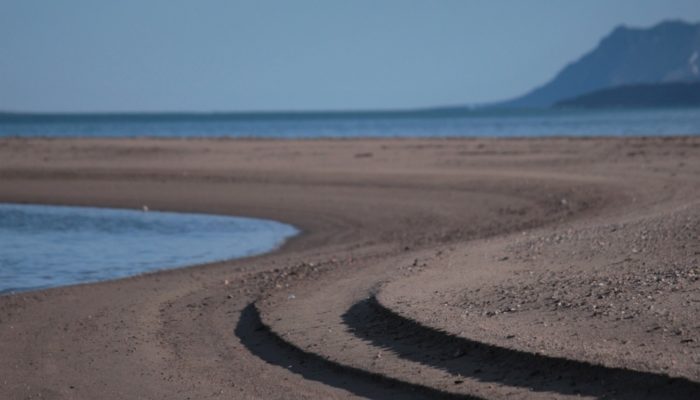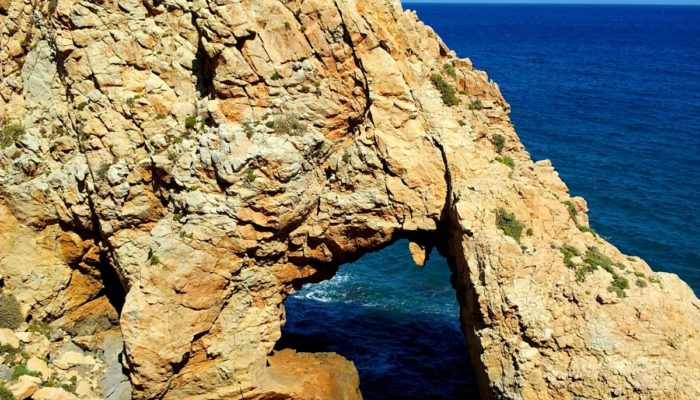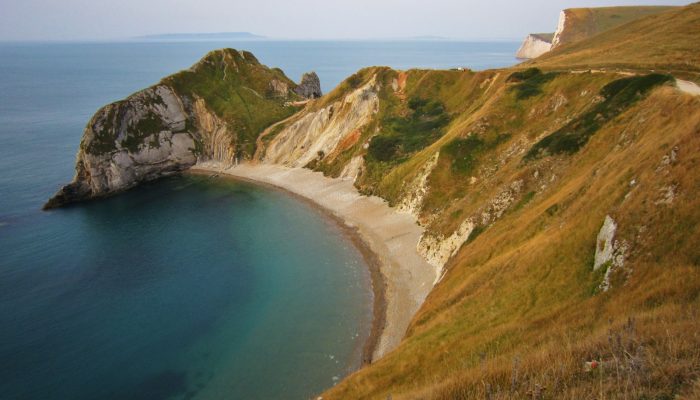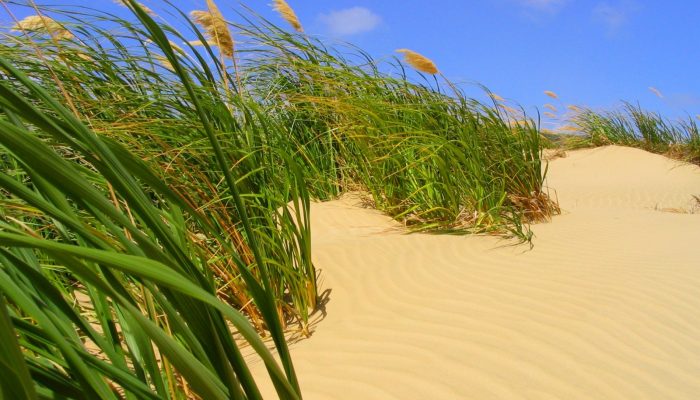The work of the autumn tides at Young Sound, Northeast Greenland, created a fine sand artwork just before the freezing in of the fjord with the approaching winter. Due to the changing sediment of the nearby Zackenberg river, the local coastal erosion is an object of great recent investigations. Description by Maria Scheel, after the description on imaggeo.egu.eu. Imaggeo is the EGU’s ...[Read More]
Imaggeo On Monday: Tides at Young Sound




